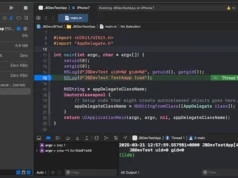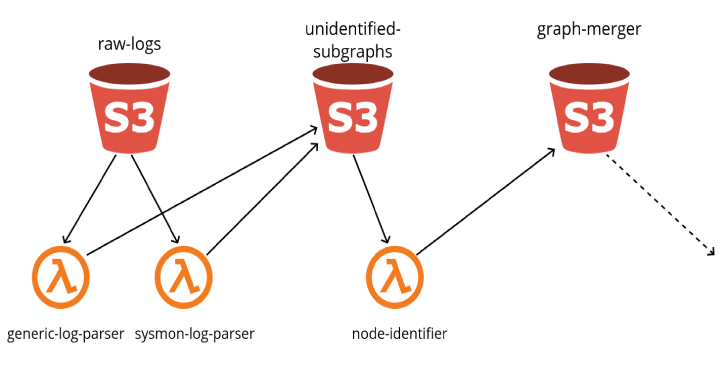A specialized tool designed for user enumeration on the Slack platform. This powerful utility aids in identifying active users within a Slack workspace, enhancing both security testing and network analysis.
Learn how to set up and deploy SlackEnum effectively with our step-by-step guide.
Setup
Clone this repository and install the necessary dependencies with the commands below.
git clone https://github.com/Wh1t3Rh1n0/SlackEnum
cd SlackEnum
python3 -m pip install -r requirements.txtCreate the cookies_dir and http_requests_dir folders defined in the settings at the top of slackenum.py.
By default, these are slack_ids-cookiebro and slack_ids-burp and can be created by running the commands below.
mkdir slack_ids-cookiebro
mkdir slack_ids-burpBasic Usage
Usage:
python3 slackenum.py <TARGET/TARGETS LIST> [--sanity]<TARGET/TARGETS LIST>– May be either a single email address or a file containing one email address per line.--sanity– Option to “sanity check” all Slack identities before launching a long running user enumeration job.
Instructions
- Create one or more Slack user accounts from which to execute user enumeration. (Referred to as “Slack identities” or “Slack IDs”.) Multiple accounts (100 or more) are recommended to perform user enumeration at higher/useable speeds.
- Log into each user account you’ve created and join the users to the same Slack workspace.
- While logged into Slack, use the CookieBro browser extension to export your cookies in JSON format. Save the exported cookies to a file in the
slack_ids-cookiebrofolder. - Repeat steps 2 and 3 for every additional user account you want to use with SlackEnum.
- Edit the settings at the top of
slackenum.py. At a minimum, you must change thedefault_hostsetting to the Slack subdomain of your workspace.
Example:
# The hostname of the workspace where all your Slack IDs reside.
default_host = 'YOUR-WORKSPACE.slack.com'- Optionally sanity check your Slack IDs before launching a real enumeration campaign by targeting a known-valid Slack account and including the
--sanityflag.
Example:
python3 slackenum.py jsmith@example.com7. When everything is ready, start enumerating users.
python3 slackenum.py targets.txtWhen SlackEnum first launches, it will print statistics about:
- the number of Slack IDs you have loaded,
- the number of users you are targeting,
- your timing options,
- and some estimations of how long enumeration could take, based on all of those factors.

















